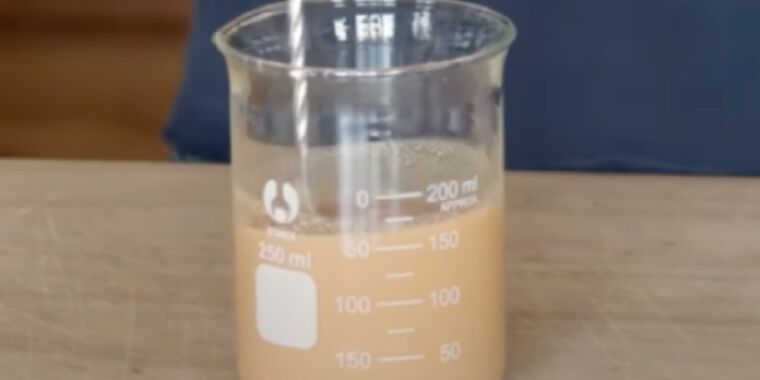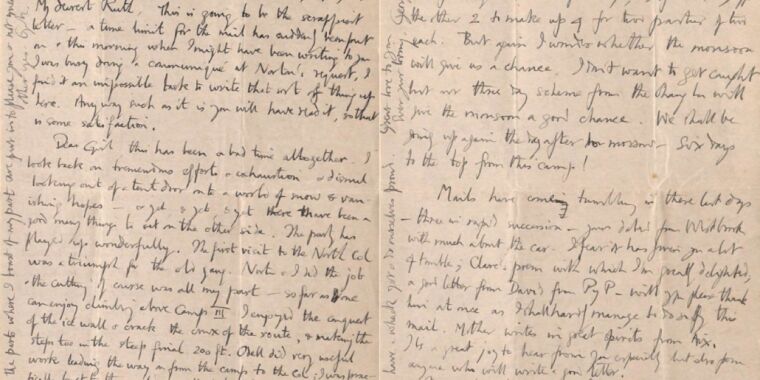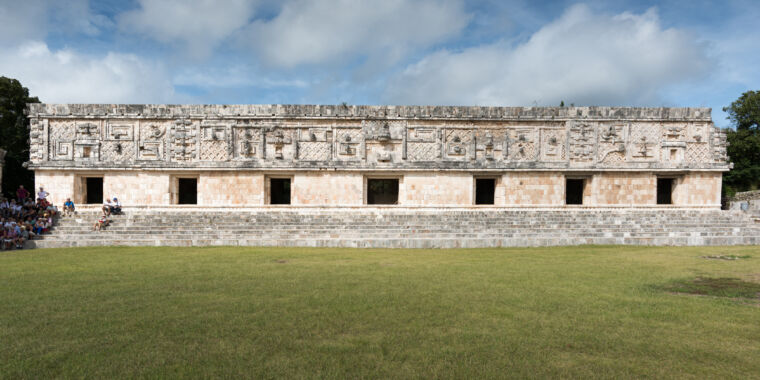The Chemistry of Milk Washing Cocktails
Benjamin Franklin, one of the Founding Fathers, was known to enjoy a variety of cocktails, with milk punch being one of his favorites. This concoction consisted of brandy, lemon juice, nutmeg, sugar, and hot whole milk that curdled due to the heat, lemon juice, and alcohol. The process used to achieve this curdling effect is known as “milk washing.” This technique served not only to remove harsh and bitter flavors from the spirits but also prevented drinks from spoiling, a significant benefit during the 1700s.
Complexity of Milk Punch
Some variants of milk punch include tea in their recipes, placing them in between a posset and a syllabub in the mixed drink taxonomy. Ay experimenting with the milk washing method, George Zaidan of the American Chemical Society discovered a new layer of complexity behind this classic cocktail. He noted a significant difference between a Tea Time cocktail prepared with the milk washing technique and one without it. The latter resulted in a drink so astringent that it seemed like “drinking a cup of tea brewed for 6,000 years,” per Zaidan. The experiment led to the creation of a unique version of an espresso martini, which intrigued even martini purists.
Scientific Insight Into Milk Washing
Although there is limited information in scientific literature about milk washing concerning cocktails, Zaidan conducted a series of experiments involving whole milk and Coke to understand the process better. Through a simple procedure of combining whole milk with Coke, Zaidan demonstrated how acids can curdle the milk, leading to the formation of solid fatty curds and a watery liquid. This liquid retained its sweetness but had a taste similar to Sprite, showing how the processes of clumping the casein proteins alter the beverage.
Subsequent Experiments
Zaidan further explored fat washing by infusing vodka with rich fatty flavors of butter and ghee. The successful outcome of this experiment indicated the potential to extend the fat washing technique to other fats like bacon and peanut butter. Integrating whey, the other milk protein, into the process added texture and a smoother mouthfeel to the final product without significantly altering the flavor.
Creating a New Twist
With his newfound insights into milk washing, Zaidan crafted a unique variation of an espresso martini by infusing vodka with peanut butter, curdling milk, combining espresso with the peanut-butter infused vodka, and adding Kahlua, simple syrup, and whey for extra body and texture. While the end result was a tastier and more intricate cocktail, the intricate preparation process involved makes it time-consuming when compared to Franklin’s original milk punch recipe intended for bulk production.
Image/Photo credit: source url





